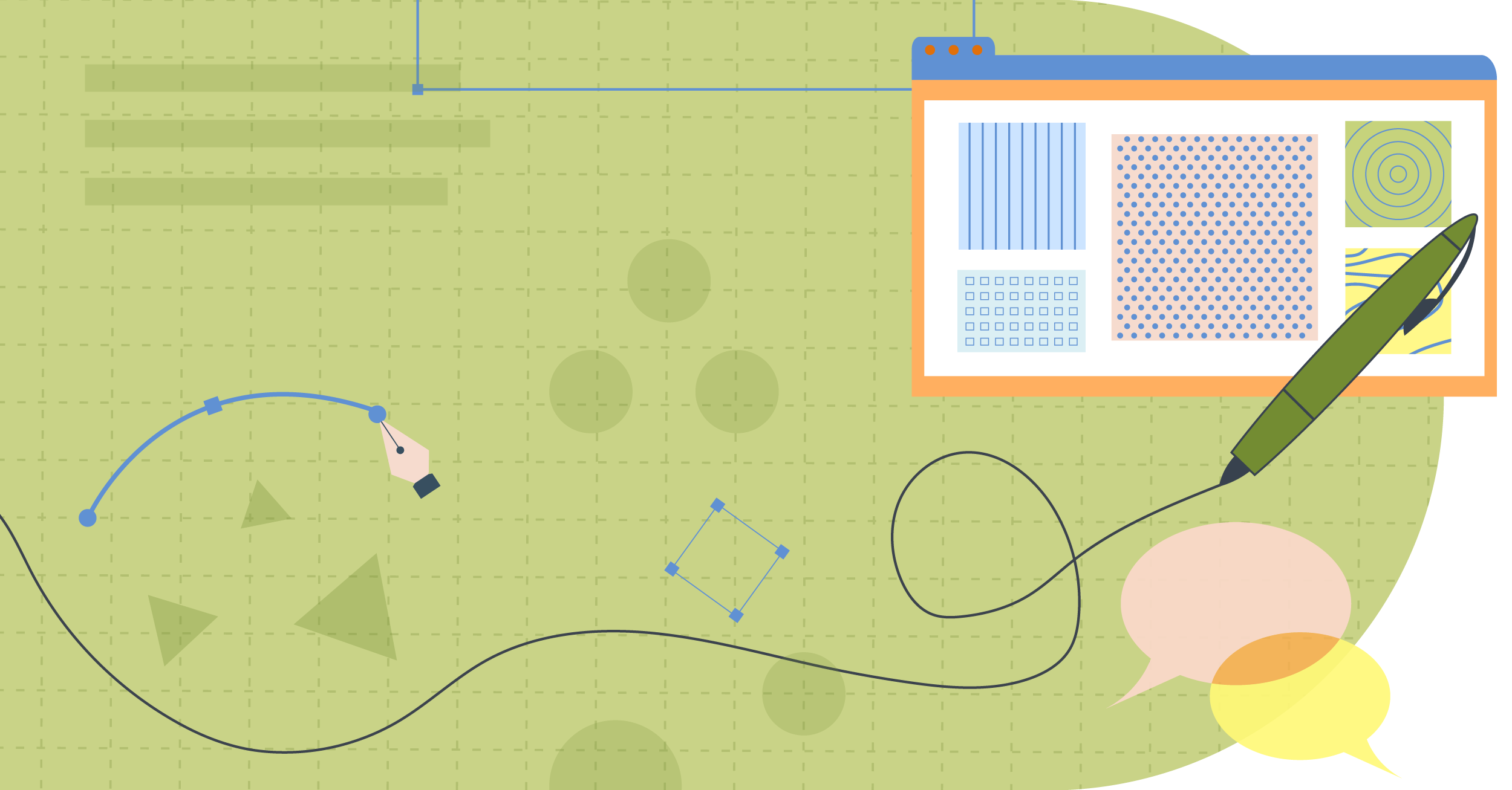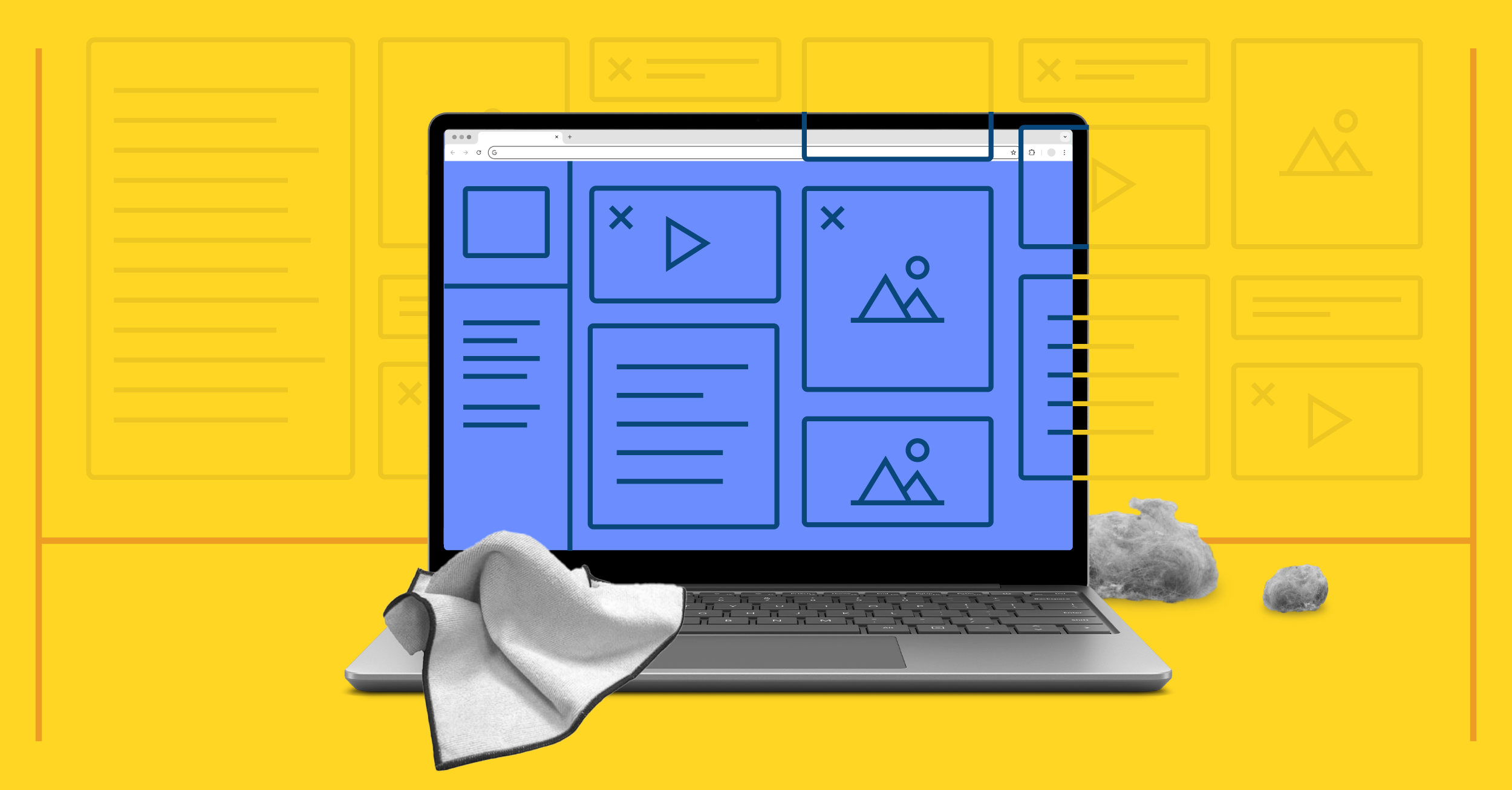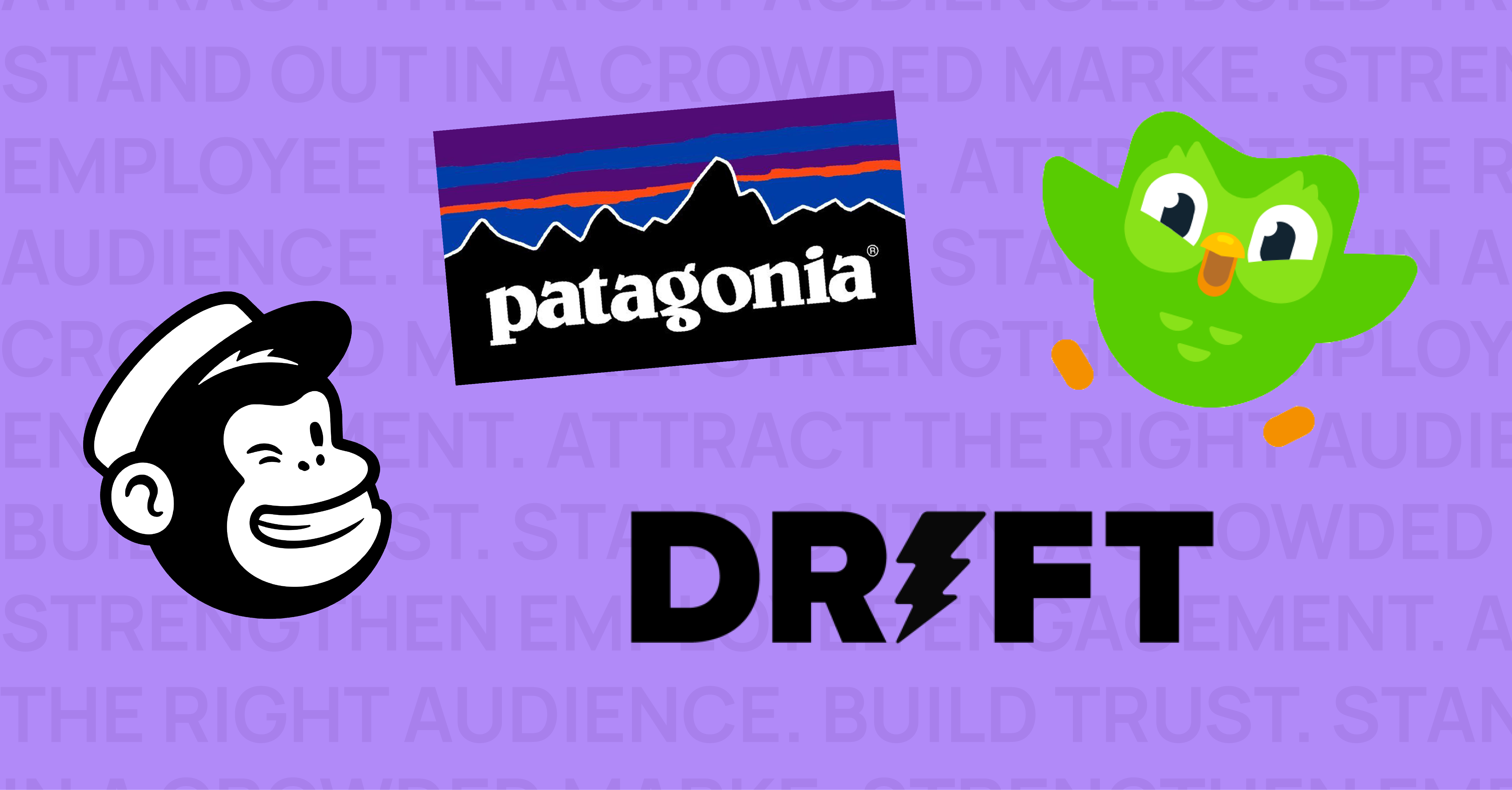For years, the ‘Cove Crew has been discussing the importance of good design. Not just how we can make it, but also how we can ensure that we’re aligned with our clients on what good design looks like and the purpose and value of design.
Like everyone who has ever made anything, we’ve had some hits and some misses. But through it all, we’ve recognized that this topic is critical to our collective success. We—Hencove and our clients—can’t do great work if we can’t agree on what great work looks like. That applies to marketing strategy, writing, social media, websites, and lots of other disciplines. But it is in the creativity and design bucket where the rubber most often meets the road.
Why Good Design Matters
A lot of smart people have done a lot of great work to quantify and qualify the importance of design. The summary: good design pays dividends.
The team at McKinsey, through their McKinsey Design Index (MDI), has deeply researched this issue and empirically demonstrated the business benefit of good design. For its 2018 report, “The Business Value of Design,” McKinsey reviewed more than 300 public companies across a five-year period. After studying and synthesizing more than 100,000 “design actions” and more than 2 million pieces of financial data, the team found “a strong correlation between high MDI scores and superior business performance,” noting that top performers increased revenue by 32 percentage points and total returns to shareholders by 56 percentage points higher than their peers.
A few years earlier, in 2013, Microsoft funded a collaboration between DMI and Motiv Strategies to create a design market index—essentially a financial performance tracker—to understand and assess how design-focused companies perform relative to the S&P 500 over time. Like the McKinsey study, the results indicated that good design has good financial outcomes. In their subsequent 2015 study, DMI and Motiv Strategies found that design-led companies outperformed the S&P 500 by 211% during the previous 10-year period.
Why Don’t We Get to Good Design?
We know good design is valuable, so why can’t we all agree on what good design looks like? This question has vexed me for years. And if you think for even one minute that we can all agree on what good design looks like, you clearly haven’t attended many brand concept review meetings. Not to say everything we present is gold. But, we’ve presented new concepts and received praise and disdain with equal levels of enthusiasm from colleagues at the same organization.
So, is good design a fact? Can design be subjected to a thumbs-up-or-thumbs-down-style vote? Perhaps I’ve been asking the wrong question. Instead, maybe we should consider why we can’t always get there—“there” being this elusive, ideal state of “good” design. Here I share my two cents on what could be some possible answers to that question:
- Good design is, in fact, subjective. We don’t all like the same things. Even at Hencove, we don’t all agree on design. Often, when we present design concepts each of us has our favorite. We try to emphasize what’s right for the client’s brand, but even with that caveat, we see the solution in different terms.
- Good design is learned, and not everyone has received design training. If we believe Dieter Rams’ principles are the key to unlocking good design, that’s great. Yet understanding and implementing his teachings requires discipline, training, and years of practice in the design world.
- Good design takes time. And time is money. A first draft is just that: a first attempt to bring an idea to life in a visual representation. Sometimes genius strikes the first time. Other times it may take dozens of failures to find the winning solution.
- Good design takes time. And we’re in a rush. Deadlines are real. Sometimes a design is needed to support a timely business announcement or initiative. In those cases, the speed of the process can supersede the creative ideation and iterative evolution of design. I can recall times when a tight deadline pushed us to work creatively and quickly and resulted in a great design. I can also look back at past projects and say I wish we had more time to work on the design.
- Good design, like all communication, happens at the ears and eyes of the audience. The creator may have intended one thing, but the recipient saw something else. We once created for a client a logo that we thought was very clever and that we liked a lot. It leveraged two primary letters in the client’s name to artfully show the word if, demonstrating the possibilities of their work and of their impact, as in “What if….” The client saw rubbish. And with that, the logo was relegated to the curb.
- Good design isn’t universal. We each bring our unique life experiences to the creative development and review process in unique ways. Many things influence how we view the world, including socioeconomic, religious, political, and geographic factors.
Good Design Is Within Reach
Highlighting the reasons we can’t get to good design felt like a crummy way to end a blog post. So I’ll leave you with a few additional resources to ignite your creative fire:
- A fascinating interview with Naoto Fukasawa: This Japanese designer, author, and educator spent his career in product and furniture design. If you’re looking for inspiration, look no further.
- A physical manifestation of good design: If you find yourself in London, visit the Design Museum. Just a few blocks west of Kensington Palace, the Design Museum is a palace of good design and recipient of the 2018 European Museum of the Year. Both the building itself and the art and artifacts it houses will feed your creative soul.
- A conversation with Dieter Rams during his 2013 visit to the ArtCenter College of Design in California: It is one thing to read Rams’ ideas, but it is another to watch the passion, purpose, and precision with which he brings these topics to life.
Finally, if you’re in a creative rut and looking for help getting out of it, please give us a shout.



